Latest NRAO News
News is managed by NRAO News & Public Information. Questions about News? Have a story to share? Want to interview a scientist or create new media about our telescopes?
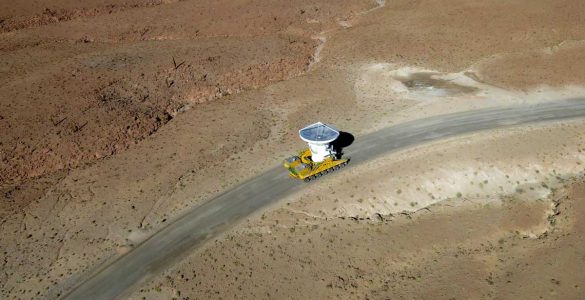
The 66th and final ALMA antenna has completed its long journey and arrived on the Chajnantor Plateau in Northern Chile.
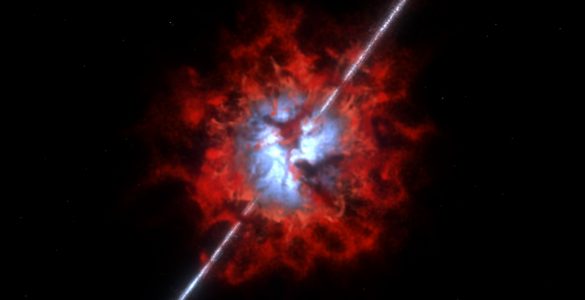
Researchers using ALMA report the first-ever detection of molecular gas — the fuel for star formation — in two galaxies that were previously rocked by gamma ray bursts.
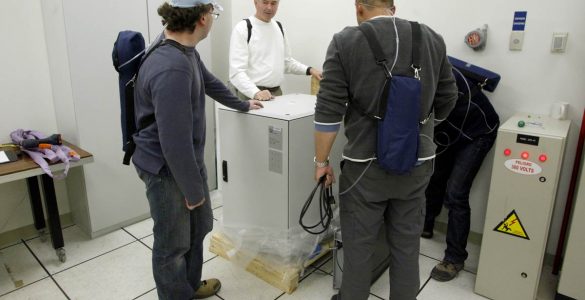
Upgrade to ALMA soon will help astronomers make the first images of a black hole as part of the Event Horizon Telescope.

A new ALMA Kids mini website created especially for children is launched.
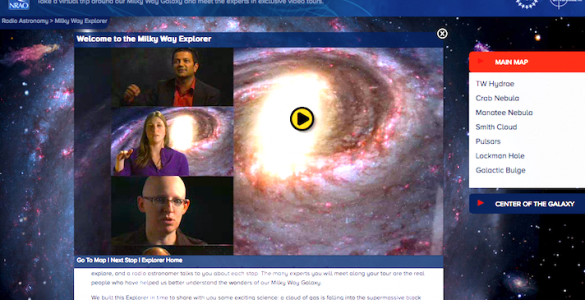
The latest NRAO Explorer interactive is a tour of our Milky Way Galaxy, with real astronomers as hosts, and provides exciting news about a supermassive black hole that is about the feed on an unlucky cloud of gas.
A team of astronomers from Canada and the United States has used the ALMA Telescope to study the often deadly relationship between highly luminous O-type stars and nearby protostars in the Orion Nebula.
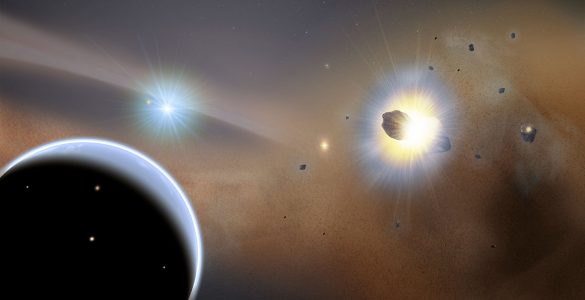
Astronomers using the ALMA telescope have discovered the splattered remains of comets colliding together around a nearby star.

Astronomers have found more than 100 small, dwarf galaxies with characteristics indicating that they harbor massive black holes feeding on surrounding gas.
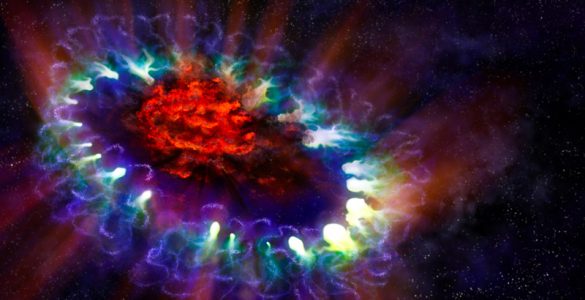
Galaxies can be remarkably dusty places and supernovas are thought to be a primary source of that dust, especially in the early Universe.
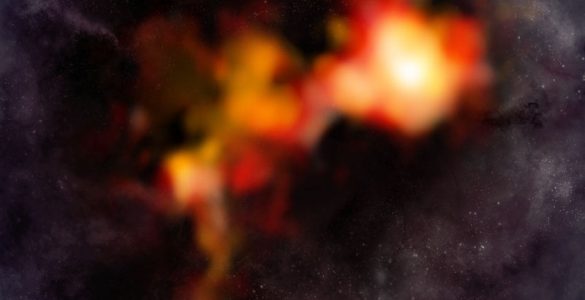
Massive stars – those at least 8 times the mass of our Sun – present an intriguing mystery: how…





